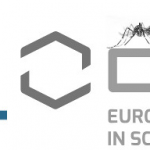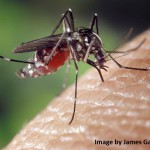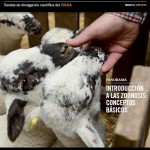Field evaluation of an automated mosquito surveillance system which classifies Aedes and Culex mosquitoes by genus and sex
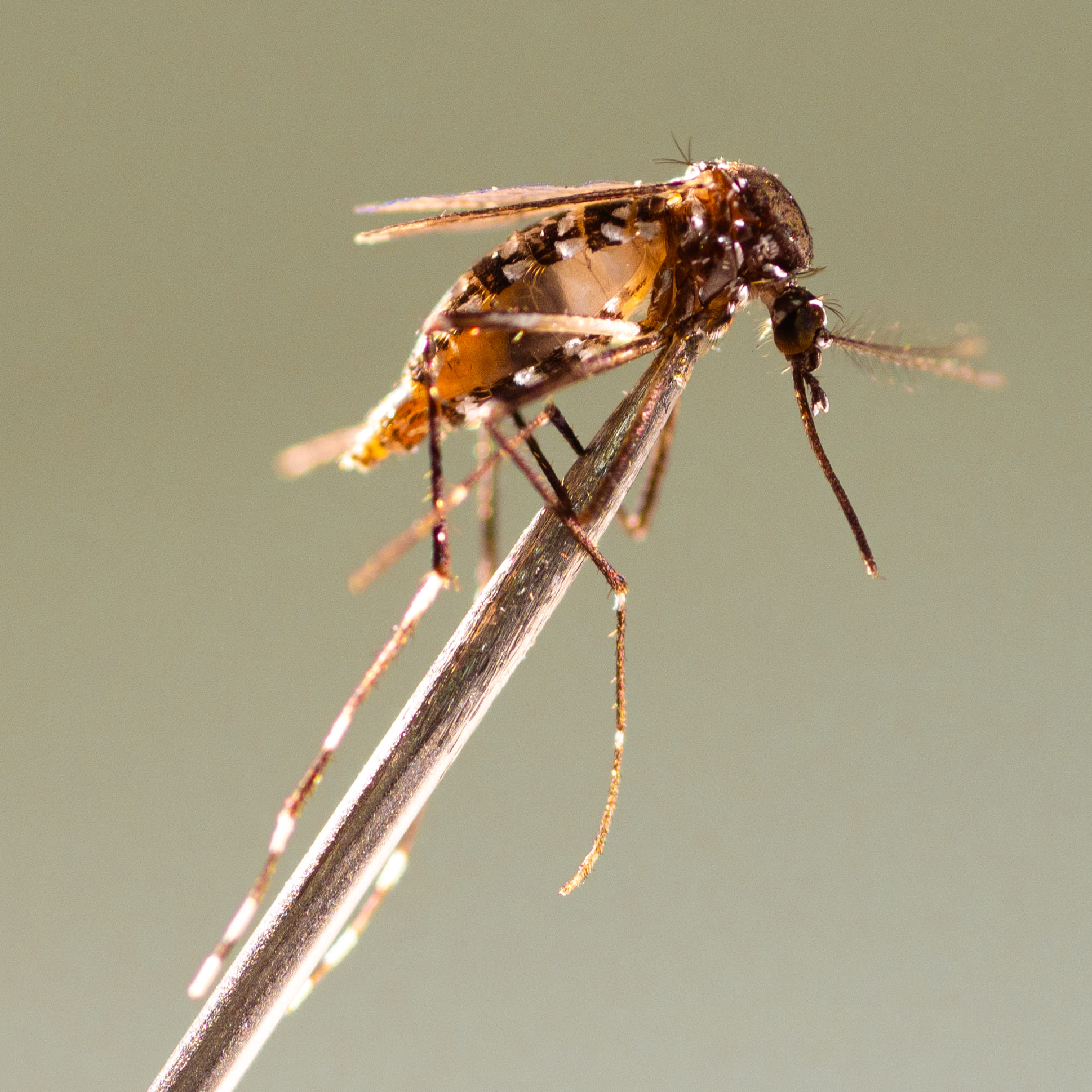
Mosquitoes (Diptera: Culicidae) act as vectors of several pathogens such as malaria parasite, dengue (DENV), Zika (ZIKV), yellow fever (YFV), chikungunya (CHIKV), and West Nile (WNV) viruses that cause diseases which result in hundreds of thousands of human deaths per year worldwide. In Europe, autochthonous vector species such as Culex pipiens and invasive vector species such as Aedes albopictus are responsible for the transmission of endemic (e.g. WNV, Usutu, Sindbis, Tahyna, and Batai viruses, lymphatic filariasis, and avian malaria) and imported (CHIKV, DENV, and ZIKV) pathogens, respectively, and pose a threat to public and veterinary health in the continent. To mitigate the impact of mosquito-borne diseases (MBD), mosquito surveillance programs are used by public health organizations worldwide to monitor trends in vector populations and to assess the effectiveness of control programs.
Traditional entomological methods for mosquito monitoring generally are very costly in terms of the human resources involved in the tasks of sample collection in the field, taxonomical identification of the samples, and data processing. Furthermore, the time lag between the time of capture and the analysis of the samples and processing of the results may hinder a full understanding of the real-time dynamics of mosquito populations. This delay can limit the proper assessment of disease transmission risk and the timely application of control measures. Consequently, the application of new technologies, including machine learning (ML), to the automated and remote real-time characterization of mosquito populations may have a positive impact on the state of the art in entomological surveillance.

In this contribution, we present the results of a field study of an automated mosquito surveillance system in which an optical sensor coupled to the entrance of a standard mosquito suction trap automatically differentiated target mosquitoes (Aedes and Culex) from other insects that enter the trap and identified the genus and sex of these target mosquitoes. We previously reported high levels of accuracy for genus and sex classification of Aedes and Culex mosquitoes in the laboratory using the same technology. In the current study, a new ML dataset was built with 14,067 mosquito flights in the laboratory, corresponding to a wider range of larval density and ambient temperature conditions to cover the morphological variability and ambient temperature range of the target genera in nature. A new ML model was trained using this dataset. The sensor and trap were deployed and assessed in the field during periods of mosquito activity at two different locations in a Mediterranean climate area with a predominance of Cx. pipiens and Ae. albopictus, potential vectors of imported and endemic arboviruses.
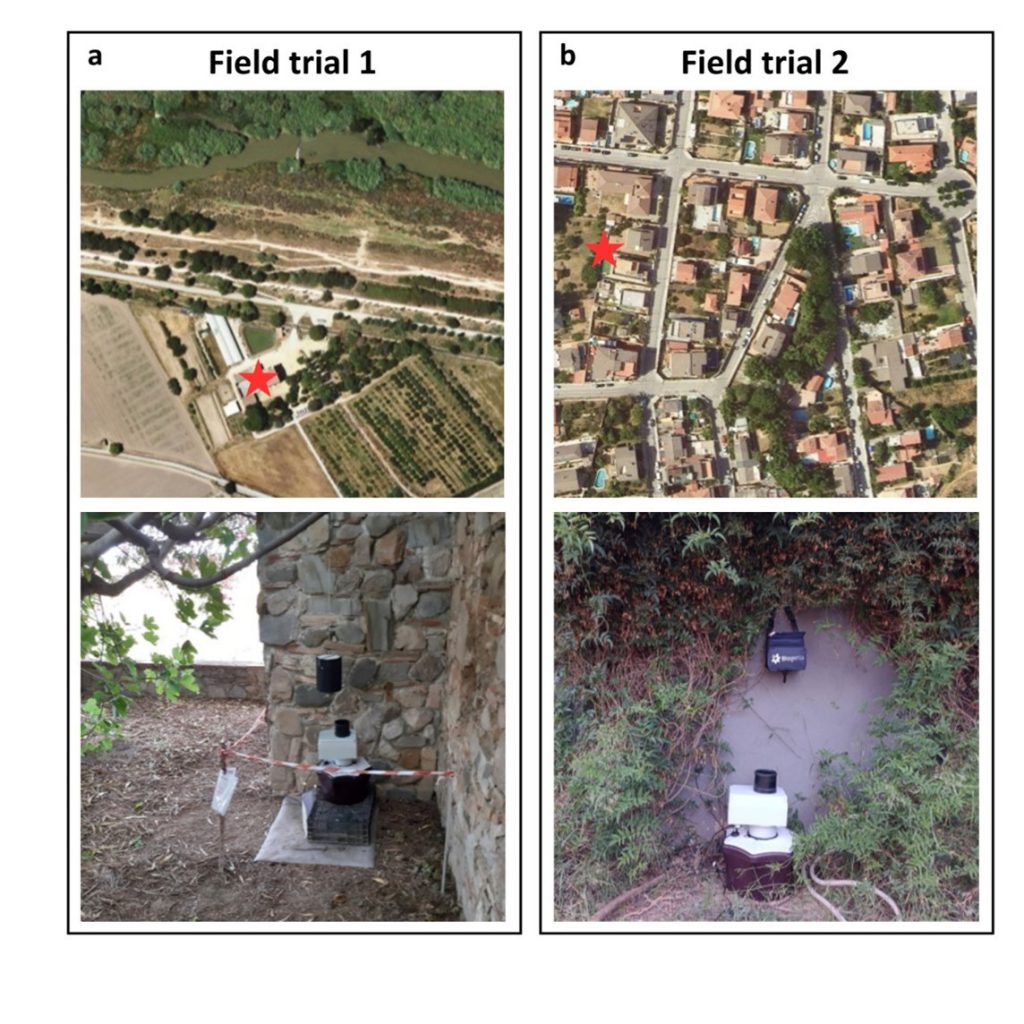
The main results were:
The field system discriminated the target mosquitoes (Aedes and Culex genera) with a balanced accuracy of 95.5% and classified the genus and sex of those mosquitoes with a balanced accuracy of 88.8%. An analysis of the daily and seasonal temporal dynamics of Aedes and Culex mosquito populations was also performed using the time-stamped classifications from the system.

Therefore, the system automatically discriminates these target mosquitoes from non-target insects in the catch and classifies the target mosquitoes according to genus and sex, which overcomes the manual effort associated with conventional methods to periodically visit the trap and to manually classify the contents of the catch. This study reports results for automated mosquito genus and sex classification using an optical sensor coupled to a mosquito trap in the field with high balanced accuracy. The compatibility of the sensor with commercial mosquito traps enables the sensor to be integrated into conventional mosquito surveillance methods to provide accurate automatic monitoring with high temporal resolution of Aedes and Culex mosquitoes, two of the most concerning genera in terms of arbovirus transmission. The system evaluated in the field in the present work, therefore, represents a significant improvement in the state of the art of mosquito surveillance.
This research was supported by the project VECTRACK. This project has received funding from the European Union’s Horizon 2020 research and innovation programme under grant agreement no. 853758. This research was also supported by the project IDAlert. This project has received funding from the European Union’s Horizon Europe research and innovation programme under grant agreement No. 101057554.
González-Pérez MI, Faulhaber B, Aranda C, Williams M, Villalonga P, Silva M, Costa Osório H, Encarnaçao J, Talavera S, Busquets N. Field evaluation of an automated mosquito surveillance system which classifies Aedes and Culex mosquitoes by genus and sex. Parasit Vectors. 2024 Mar 1;17(1):97. doi: 10.1186/s13071-024-06177-w.


